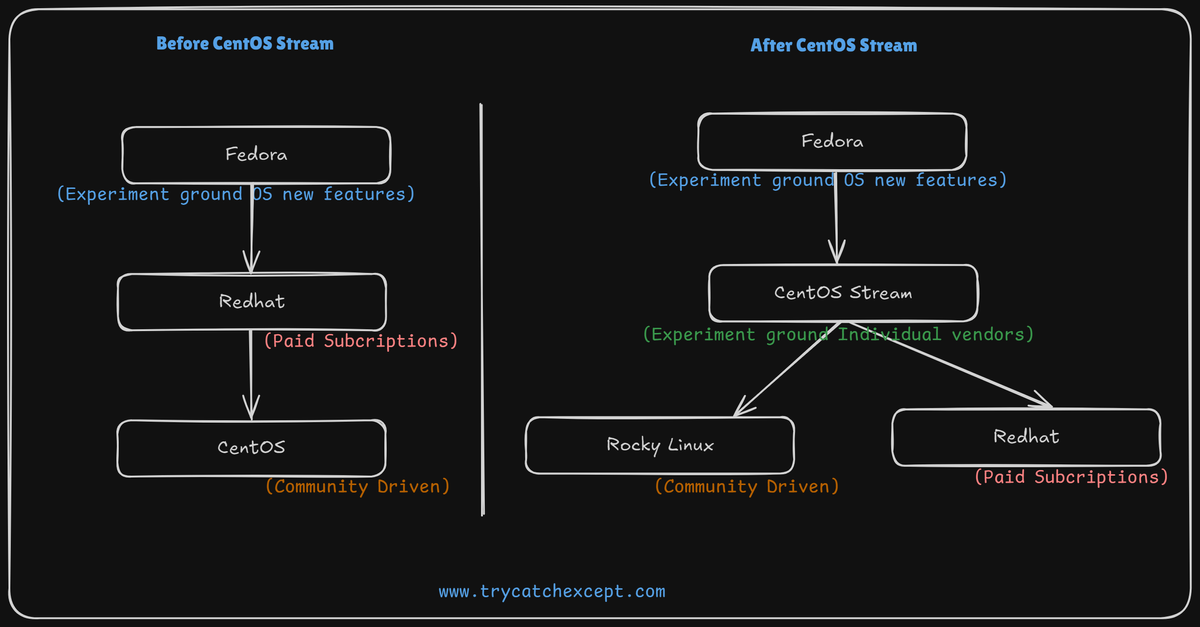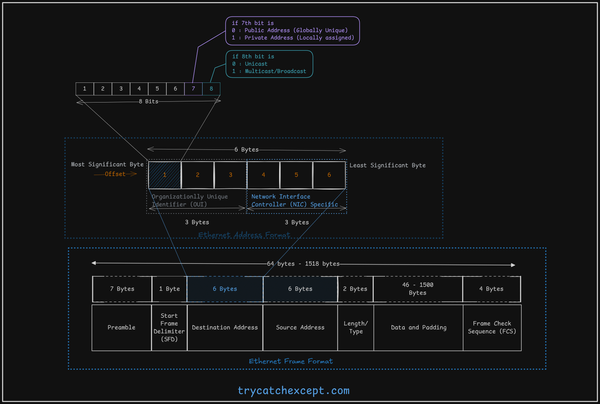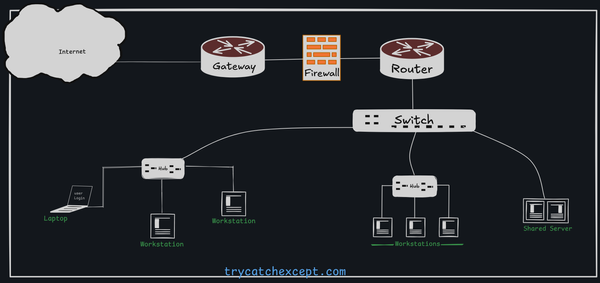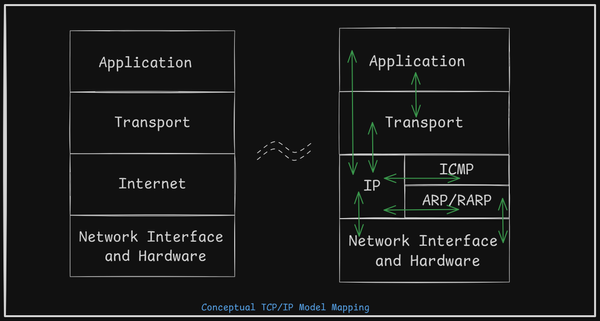Transitioning from CentOS 7 to Rocky Linux 8: What You Need to Know
Migrating products, systems and applications running on CentOS 7 to Rocky Linux 8

CentOS 7 has reached its end of life on June 30, 2024. After this date, it will no longer receive updates or security patches, leaving your systems vulnerable. Transitioning to Rocky Linux 8 ensures you have a supported environment with ongoing updates.
CentOS Stream has shifted its focus to a rolling release model, which may not be ideal for all users, especially those in production environments who need stability. Rocky Linux 8, on the other hand, aims to provide a traditional, stable release model, making it a more suitable choice for enterprises that require a dependable platform.
With a strong focus on community engagement and support, Rocky Linux aims to preserve the original CentOS ethos, making it a trusted option for many organizations.
Key Changes When Upgrading from CentOS 7 to Rocky Linux 8 (or Other RHEL 8-Based Systems)
The image below highlights key changes you'll encounter when transitioning from CentOS 7 to Rocky Linux 8. These changes also apply if you choose other RHEL 8-based systems like Red Hat 8, CentOS Stream 8, or AlmaLinux 8.
- Logo: You have to just adjust with logo.
- Major Kernel version change(4.x.x): This will impact your device driver or some old hardare which was still working on CentOS 7.
- Python3: If you have any scripts running in Python 2, it's highly recommended to port them to Python 3. - python2 to Python3
- gcc 8.x: If your C/C++ application still has some lingering warnings, now is the time to address them.
- OpenSSL: Many legacy or deprecated digests and algorithms will no longer work here, so be prepared to update and adapt them as needed.
- SELinux: Oh man, this could give you a headache if you stray from the standard practices—like running a binary from a non-standard path. For your own software, you might even need to create a new SELinux policy to get things working properly.
Few more recommendations:
- [dnf] Get used to dnf. It is just better version of yum.
- [NetworkManager] Get used to new NetworkManager and nmcli tools. This is the way forward.
- [authselect] Switch from authconfig to authselect for PAM authentication.
- [ip] Network interface names may change os if you have dependency on interface names, be ready to adapt them.
- [systemd-mount] Handling failure from udev serices during mount operations.
- [rpm] rpmbuild rpm packaging will have some.
- [fips] enabling fips may have issue with legacy cryptography algorithms.
Advantages of Rocky Linux
- Compatibility with RHEL
Rocky Linux 8 is designed to be a drop-in replacement for CentOS 8 and is fully compatible with Red Hat Enterprise Linux (RHEL) - Enhanced Security
Rocky Linux 8 includes numerous security enhancements, including improved SELinux support and up-to-date cryptographic libraries. - Updated Packages and Software
With Rocky Linux 8, users benefit from a refreshed repository of updated software packages. This includes newer versions of popular applications and tools, allowing organizations to leverage the latest features and improvements.
Steps for a Smooth Transition
- Assess Your Current Environment
Before making the move, take inventory of your existing applications and services running on CentOS 7. Identify any dependencies that may need special attention during the migration. - Plan Your Migration Strategy
Decide whether you will perform an in-place upgrade or a fresh installation. In some cases, a fresh install may be more efficient, especially if you're looking to streamline your system and remove any legacy configurations. - Test in a Staging Environment
Before rolling out Rocky Linux 8 in your production environment, set up a staging environment to test your applications and workloads. This will help you identify potential issues and ensure compatibility. - Monitor and Optimize Post-Migration
After the migration, monitor your systems closely for any performance issues or bugs. Take this opportunity to optimize your configurations and ensure everything is running smoothly.
Migrating from CentOS 7 to Rocky Linux can be a straightforward process or a more complex undertaking, depending on the type of software and services you're running. If your system consists of standard packages and services, the migration should go smoothly with the tools provided by the Rocky Linux community. However, if you're managing custom-built applications, third-party repositories, or complex enterprise environments, additional steps may be needed to ensure compatibility.




